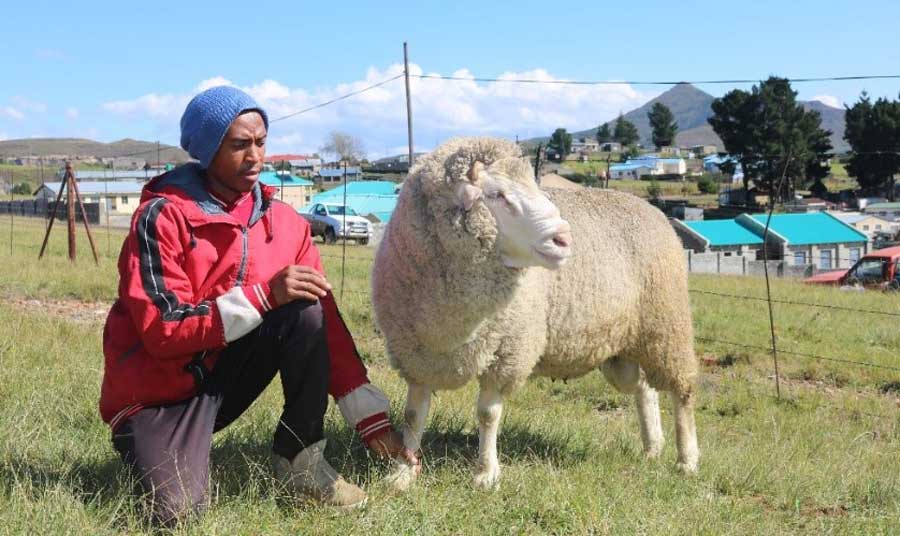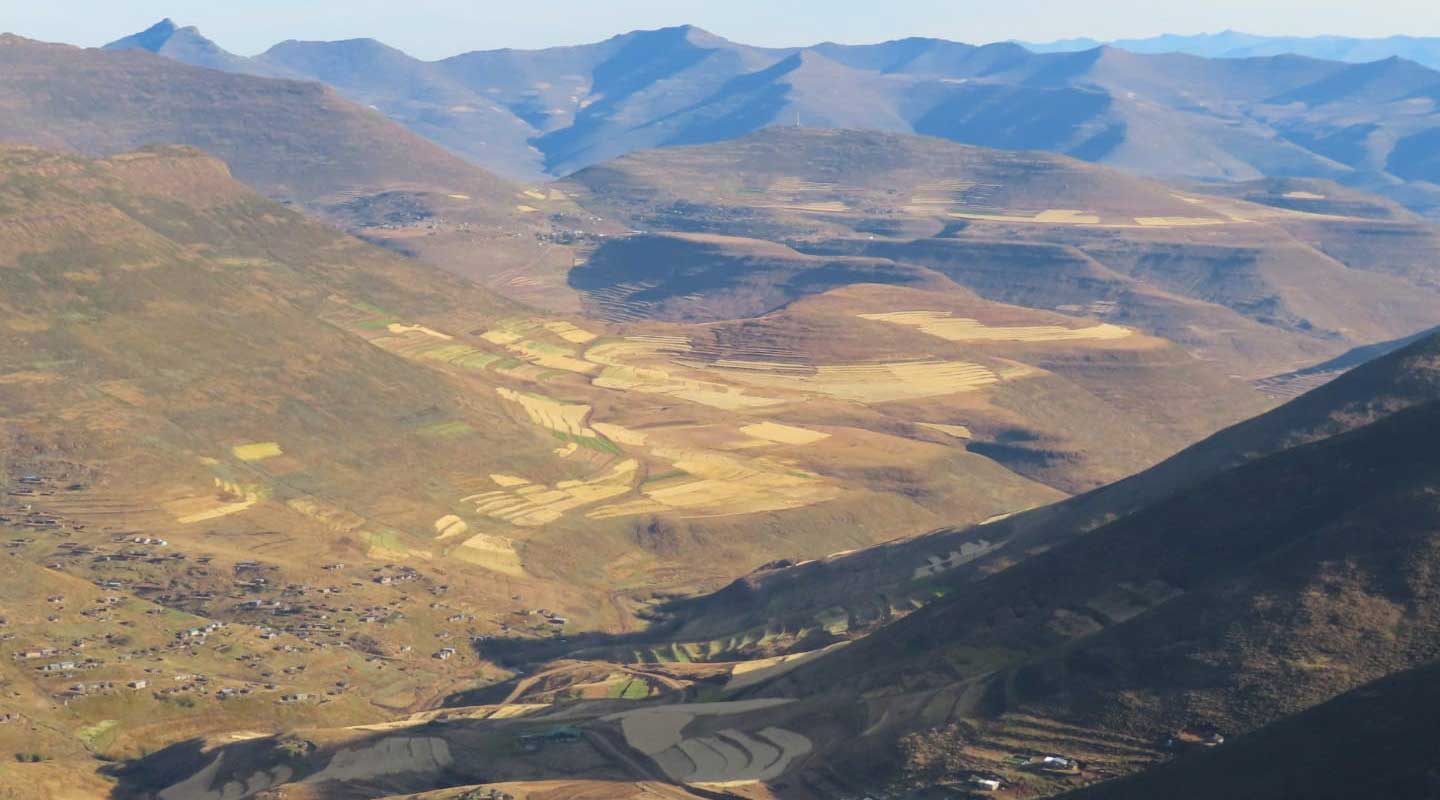How livestock in Lesotho is adapting to climate change
IFAD Asset Request Portlet
Asset Publisher
How livestock in Lesotho is adapting to climate change
Estimated reading time: 3 minutes |
| Improving livestock management is an essential part of the solution.© Phomolo Lebotsa/WAMPP Project |
Livestock are a major contributor to greenhouse gas emissions, accounting for 14.5 per cent of the global total. But animals are also heavily impacted by climate change, as droughts and floods reduce the availability of water and fodder, degrade land and feed quality and increase livestock mortality. With many communities relying on animal products for nutrition – especially the most vulnerable populations – this vicious cycle is harmful not only to livestock but also to humans.
How can we mitigate against climate change while sustainably producing enough healthy food for everyone? An IFAD-FAO study from Lesotho provides some valuable lessons.
Measuring what matters
Under the Paris Agreement, by 2030, Lesotho aims to achieve land degradation neutrality and reduce its greenhouse gas emissions by 35 per cent. Improving livestock management is an essential part of the solution.
To understand how these targets could be met, analysts calculated Lesotho’s current livestock emissions using a free FAO-developed online tool called Global Livestock Environmental Assessment Model-interactive (GLEAM-i). This tool was also used to estimate the potential reductions in emissions achievable through the IFAD-funded Regeneration of Landscapes and Livelihoods (ROLL) project, which aims to promote practices that regenerate landscapes and support sustainable livelihoods.
The findings are encouraging: ROLL has the potential to boost livestock production while reducing greenhouse gas emissions and keeping about the same number of animals. This is possible through a combination of measures that enhance animal health, increase the amount and quality of feed, and improve soil quality through manure management.
Healthier animals are more productive
Improving animal health and reproductivity can lead to higher production of protein without increasing the number of animals. This is achieved through better accessibility and quality of animal health services, vaccination, and using local breeds which are able to withstand harsher weather conditions. These steps reduce mortality and increase the production of milk, meat and fibre.
The lesson? Animal health and improving farming productivity are closely linked.
You are what you eat
Farming practices need to be adapted to the effects of climate change as higher temperatures can negatively affect maize yields. Developing stress-tolerant maize varieties that can withstand water scarcity and mature early can help small-scale farmers become more climate resilient.
Doing so improves the availability and quality of fodder and provides an alternative source of protein, helping to reduce Lesotho's reliance on imported soya.
 |
| Farming practices need to be adapted to the effects of climate change. © Phomolo Lebotsa/WAMPP Project |
Protecting the soil
Without healthy land and soil, the plants that feed the animals — which in turn nourish us — cannot grow. Climate adaptation practices, such as pasture resting, rotational grazing, preserving water resources, and managing herd growth, protect the soil and give lands the chance to regenerate themselves.
Animals also play an essential part in giving back to the soil. Manure is a rich source of nutrients and organic matter that is key for soil health. Investing in manure management systems contributes to a circular and sustainable bio-economy.
These approaches, coupled with improved rangeland management, have significant potential to reduce emissions and strengthen climate resilience by improving efficiency, reducing waste, and sequestering carbon in the soil.
- Explore IFAD’s work in Lesotho.
- Discover how GLEAM-i is helping to tackle climate change in Kyrgyzstan and Cameroon.
- Find out more about low-carbon and climate-resilient livestock strategies.


